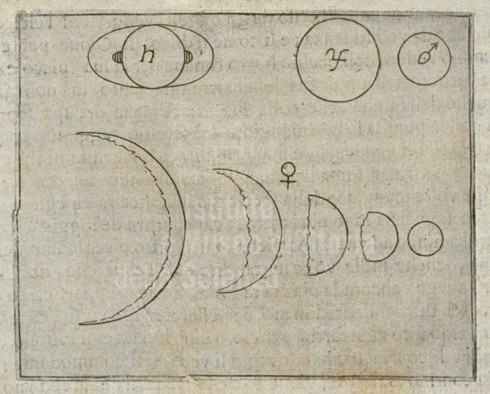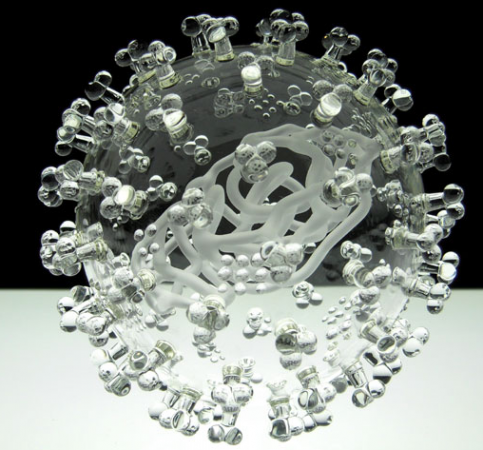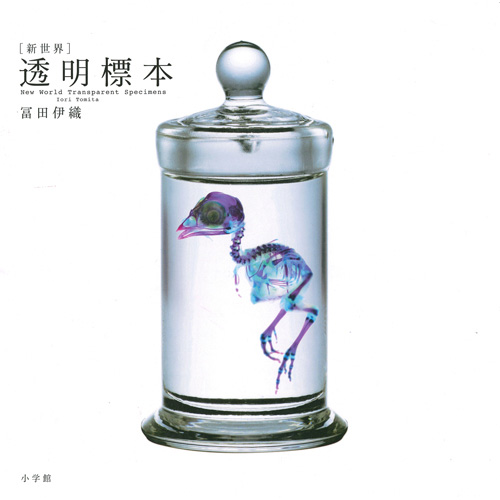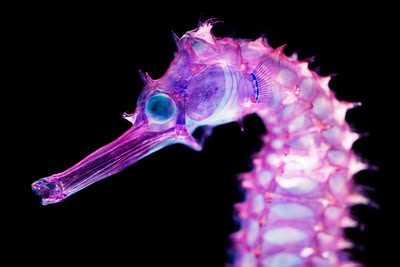Robert DuGrenier blows glass shells for hermit crabs. They’re pretty amazing. Aquariums are also using them because they let you see all the parts of the crab that are usually hidden inside the shells.
Tag: curious
Astronomic Symbols

NASA has a nice, simple page showing the symbols astronomers use for the major bodies in the solar system and describing what they represent. The symbols are a shorthand that make it easier to take notes and draw diagrams. The Wikipedia page has a lot more detail if you need it.

Alas, despite their long history of use – 2500 years or more – these symbols can be the source of some very adolescent humor, so beware.
It All Depends on Your Point of View-2
Here’s a neat little video, which holds the Milky Way (galactic-centric) steady as the Earth rotates relative to it.
For comparison, here’s the original video by Stephane Guisard and Jose Francisco Salgado, showing the geocentric view of the sky moving:
It is always revelatory to see things from unexpected perspectives. Brian Swimme was amazed by the immensity of it when he first truly recognized that he was standing on a planet that was rotating through space orbiting the Sun.

I’ve always been struck by the opposite point of view. To think that if you hold still enough, and think about it a bit, from one point of view you could be the central reference point for the entire universe, with everything else moving relative to you: the Earth still beneath your feet; the Sun (almost) orbiting around you; and the planets arcing through their epicycles.

Kerguelen

In response to the submission from a reader, Frank Jacobs has a wonderfully detailed post on the Southern Ocean island of Kerguelen. The island has a French scientific outpost but no permanent population.
Looking at the satellite image, with the marked contrast between the glacial snowfields and the green lowlands, the mascot fairly jumps out at you.
There’s no Sound in Space, Except …
Except that you can hear the dust and small rocks banging on your spacecraft.
from JPL.
Viruses in Glass

Some people knit bacteria, our students create models of plant and animal cells as an assignment, and Luke Jerram blows viruses in glass.
Interestingly, he does not use colors, just clear, transparent glass, because while almost all pictures you see of viruses, from scanning electron microscopic images to text-book diagrams, have color, the color is added for scientific visualization. So, he believes, his glass replicas are more realistic. This is described in this interview.
About the works:
The pieces, each about 1,000,000 times the size of the actual pathogen, were designed with help from virologists from the University of Bristol using a combination of scientific photographs and models.
— Caridad (2011): Harmful Viruses Made of Beautiful Glass
The video below shows how it’s done.
There is a lot more information on the art and the science at the Glass Microbiology website.
The Art of Specimen Preservation

After the joy of playing around with microscopy and staining last fall, it’s no surprise that someone has taken the science of staining and specimen preservation and turned it into art.
Iori Tomita has done an amazing job at making visible the internal organs of the specimens.
Using a method that dissolves an animals natural proteins, Tomita is able to preserve these deceased animals with striking detail–highlighting the finest and most delicate skeleton structures.
To further enhance the visual appeal of these ornate skeletons, Tomita selectively injects different colored dies into hard bones and soft bones to create a 3-d effect. Without the addition of the dye, the animals remain translucent.
— Michael (2010): New World Transparent Specimens Turns Preservation Into Modern Art

Tomita’s website has some excellent photographs, and there appear to be two books available from Amazon.com.jp. More pictures can be found online here and here. Lisa Stinson at Wired has more pictures and details on the method.
Storm: Life is Precious
I try not to post things with anything approaching obscene language, but sometimes, as in this piece, called “Storm” by Tim Minchin, it’s a small part in the service of a much bigger, more significant idea. Anyway, this one might not be for the kids.